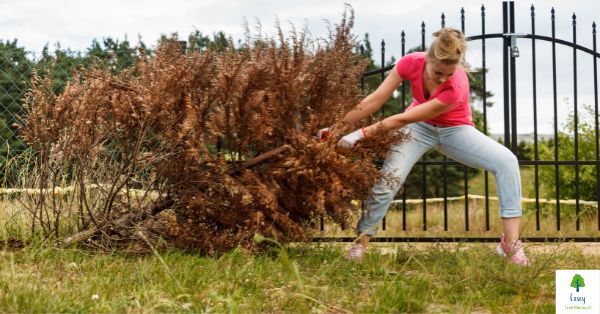Do-it-yourself tree removal might seem like a good idea in some situations. But when you factor in danger and unforeseen costs, it quickly becomes apparent removing a tree on your own can become a nightmare. Here’s why:
Danger
Even smaller trees can react in surprising ways when cut. Even if the tree doesn’t land on you when it is felled, it can “kick out” in an unexpected direction and cause injury. Likewise, a falling tree can hit power lines or your home, resulting in injury or even death.
Damage
Property damage is possible in even the simplest tree removal situation. Even if the tree doesn’t take out a power line or hit your home, it can damage landscaping or personal property, including vehicles in your driveway or on the street nearby. Utility facilities such as gas risers and telephone poles might be vulnerable, too.
Cost
Finally, are you really saving money with do-it-yourself tree removal? Certainly not if things go wrong as noted above. Between potential damage repair, medical bills, and insurance shortfalls, removing a tree on your own can cost you plenty. But even if you do it right (are you really qualified to know the right way to remove a tree in the first place?), costs add up.
For example, few homeowners have the correct ladders and elevation equipment to safely reach top branches. You’ll need cutting equipment, too, like chain saws. Have a stump grinder? You’ll probably want one of those, as well. Have a large truck to haul away limbs and branches and sections of the tree trunk? Probably not. What about a wood chipper to break down branches into manageable refuse? Safety harnesses? Extra help on hand?
If you aren’t fully equipped to remove a tree safely, you’ll need to at least rent what you need – at considerable cost; but that still doesn’t make you qualified to do the tree removal.
Casey Tree Removal – All Tree Services including Tree Cutting, Tree mulching, Tree Trimming, Stump Grinding, Tree Pruning, Stump Removal, Emergency Tree Removal Experts In Melbourne!
Click here to read more articles regarding tree removal & related services.
If you are in Guys Hill, and looking for Casey Tree Removal, below is the best way to visit us.


Recent Comments